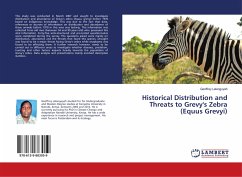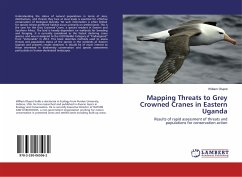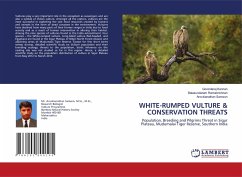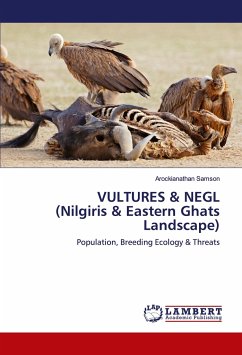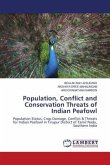This study was conducted in March 2007 and sought to investigate distribution and abundance of Grevy's zebra (Equus grevyi) before 1970 based on indigenous knowledge. This was due to the fact that data, references or sources of information on distribution and abundance of these animals before 1970 in this area was lacking. This information was collected from old men (between 54 and 90 years old) who possessed this vital information. Forty-five semi-structured and pre-tested questionnaires were completed during the survey. The questions asked were mainly on distribution, abundance and the threats that faced this species. Drought was found to be a major threat facing Grevy's zebra while anaplasma was found to be affecting them. A further research however, needs to be carried out in different areas to investigate whether diseases, predation, hunting and other factors impacts heavily towards the population of Grevy's zebra. Data analysis and presentations mainly involved descriptive statistics.
Bitte wählen Sie Ihr Anliegen aus.
Rechnungen
Retourenschein anfordern
Bestellstatus
Storno

